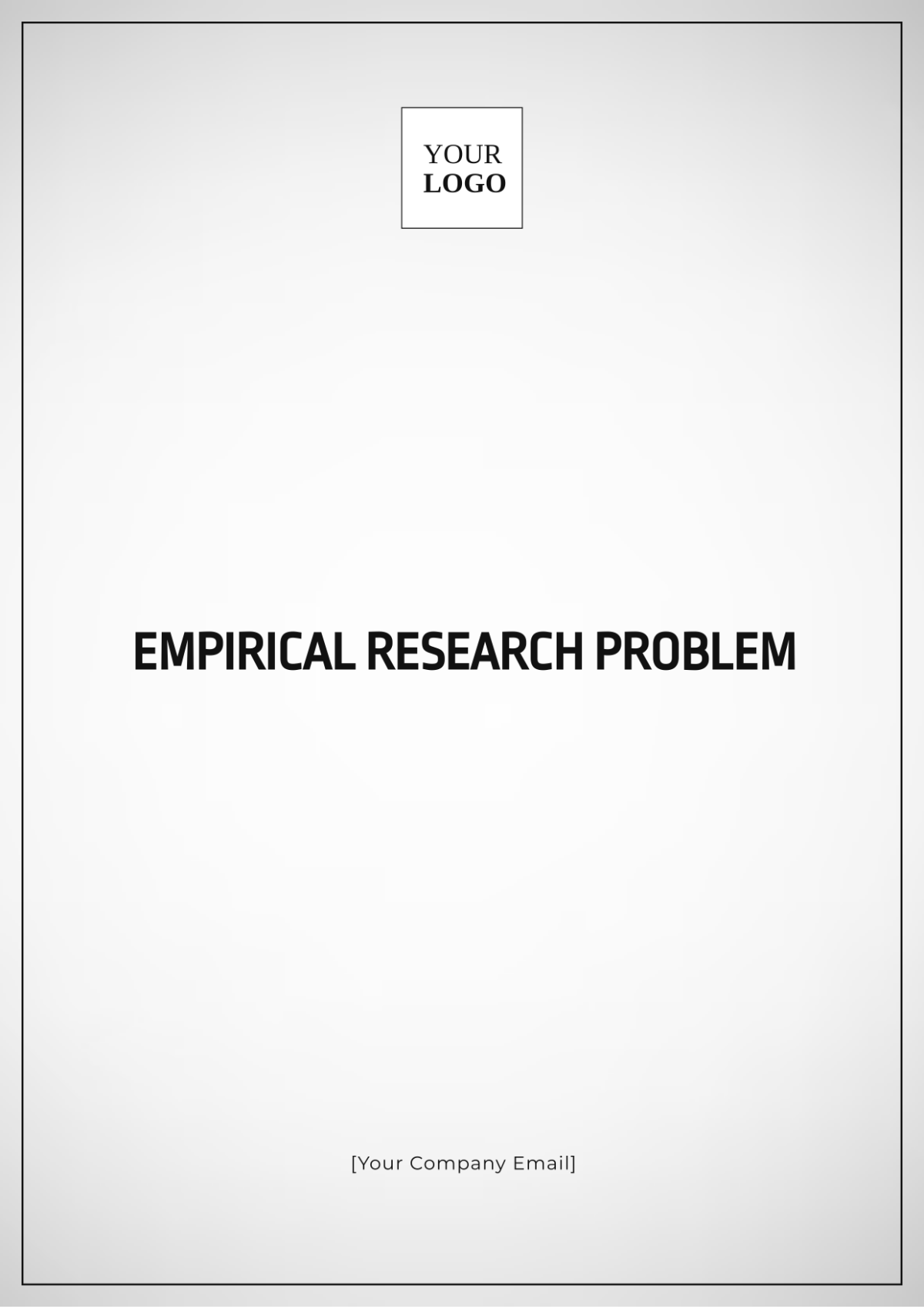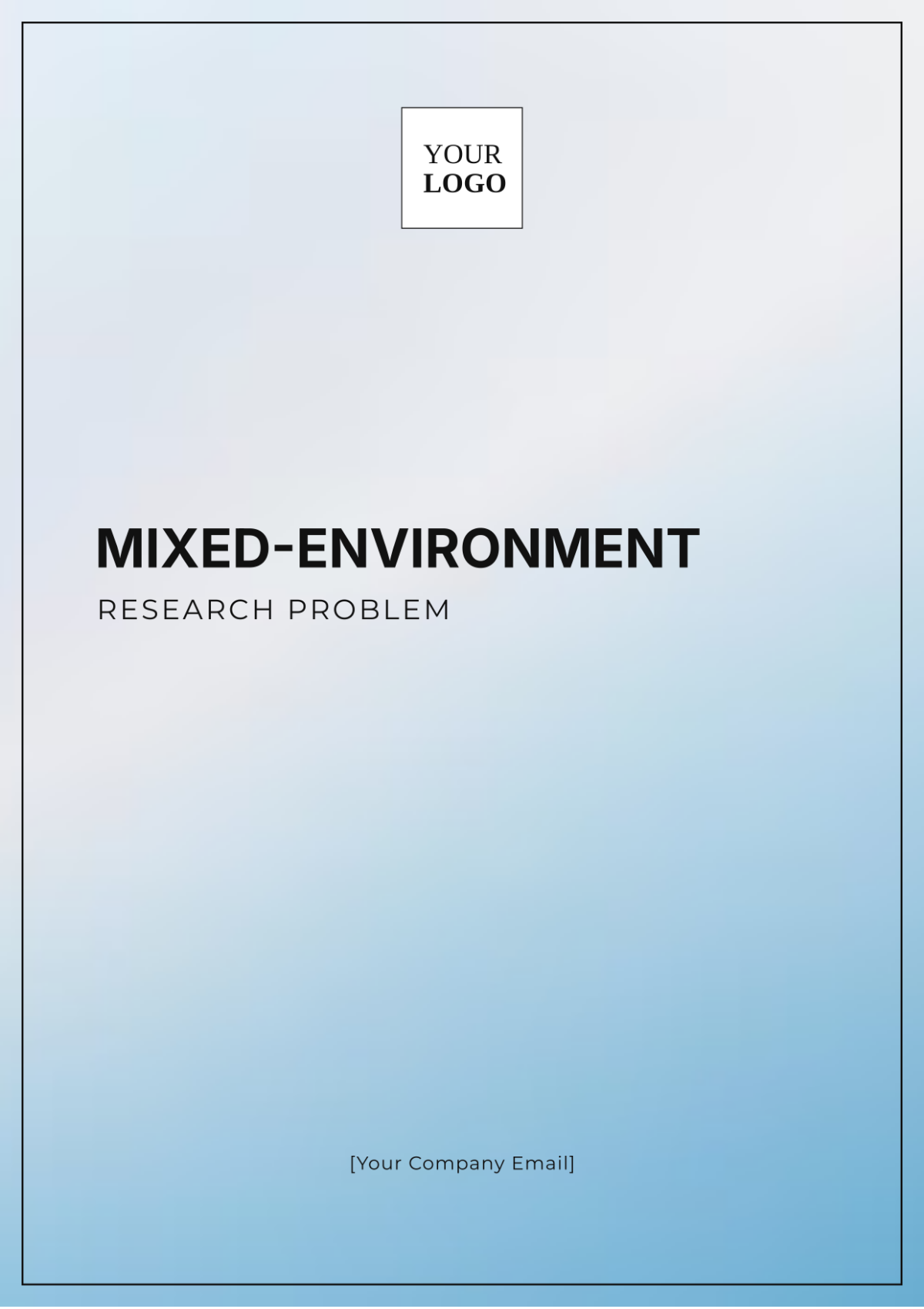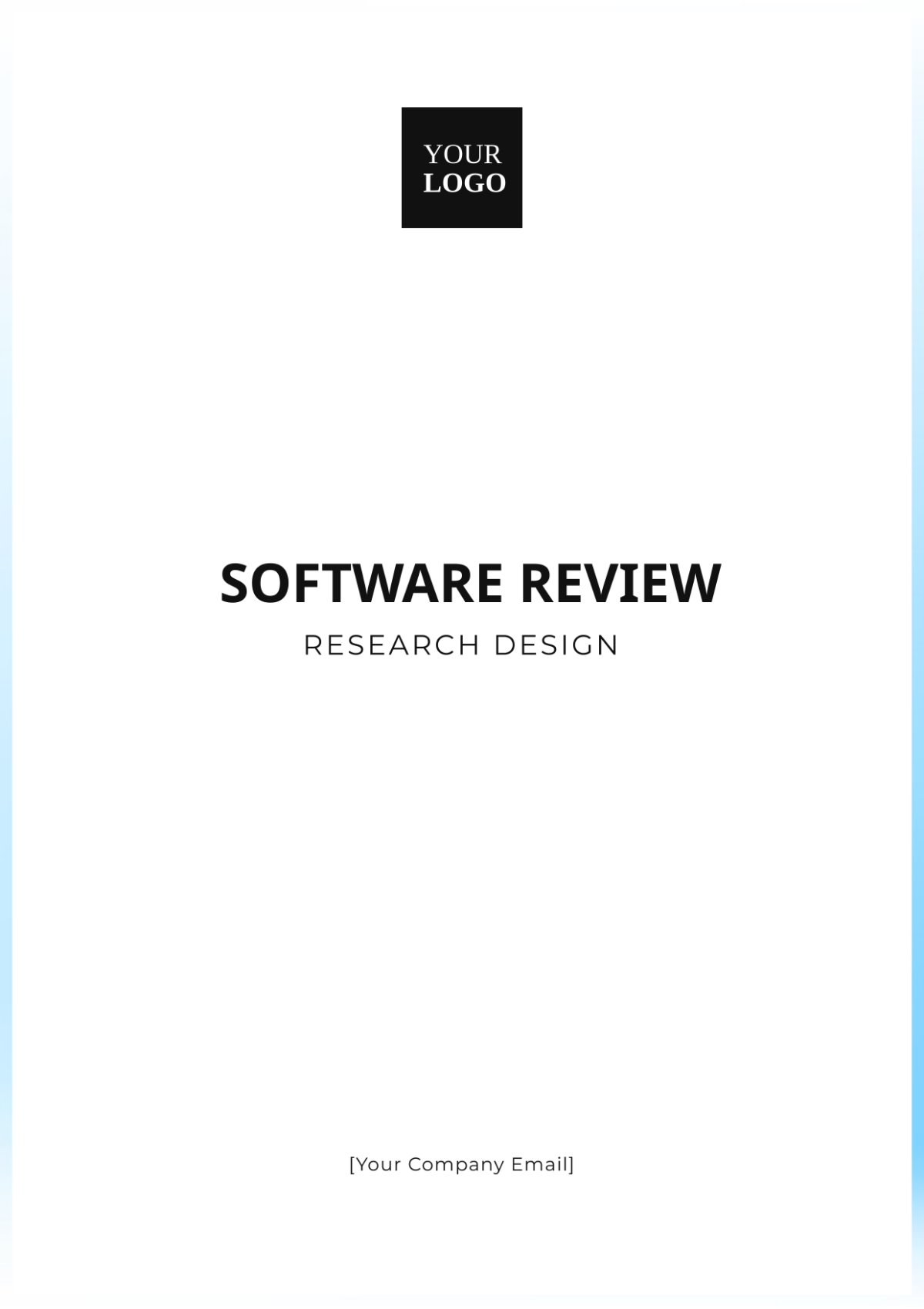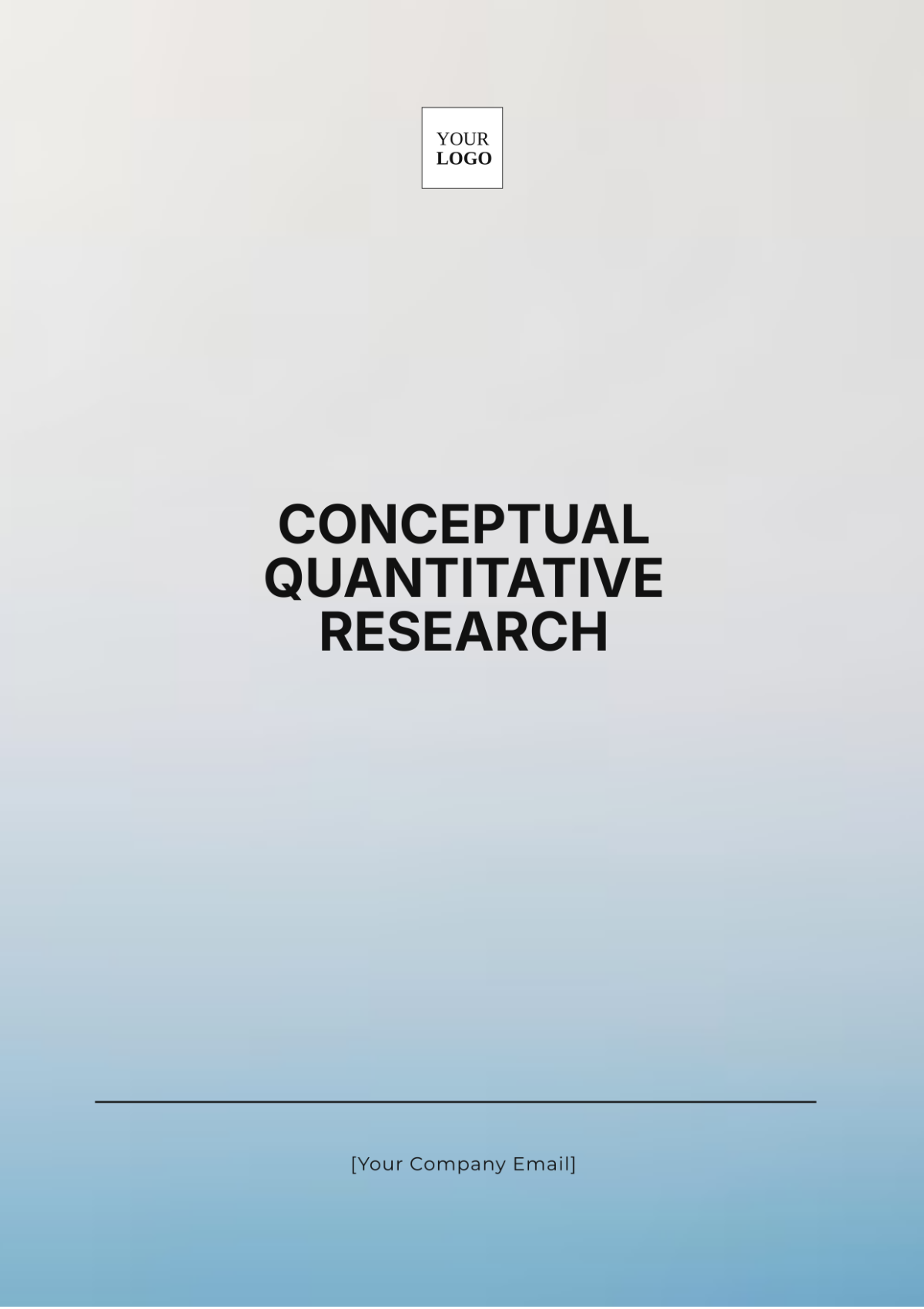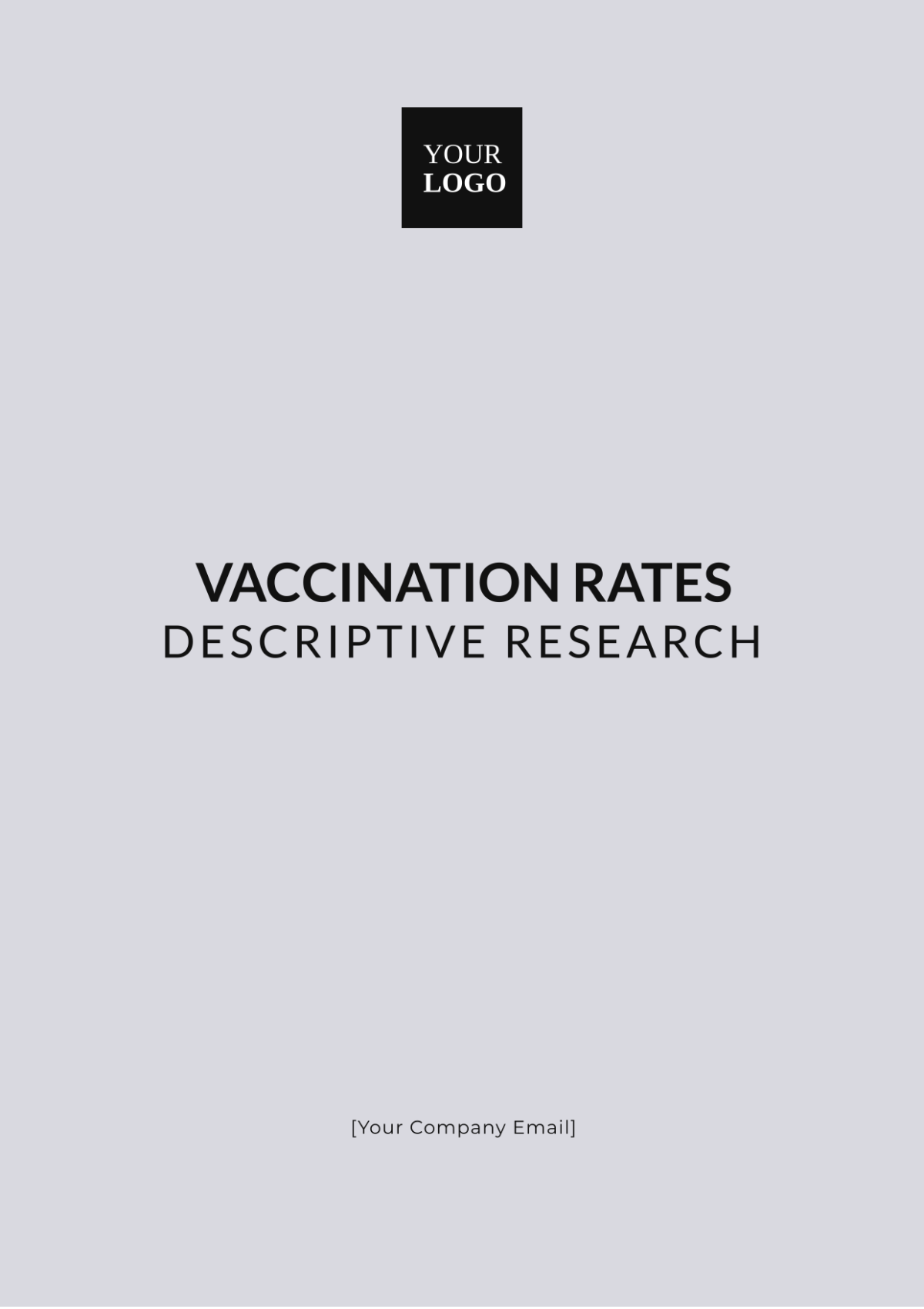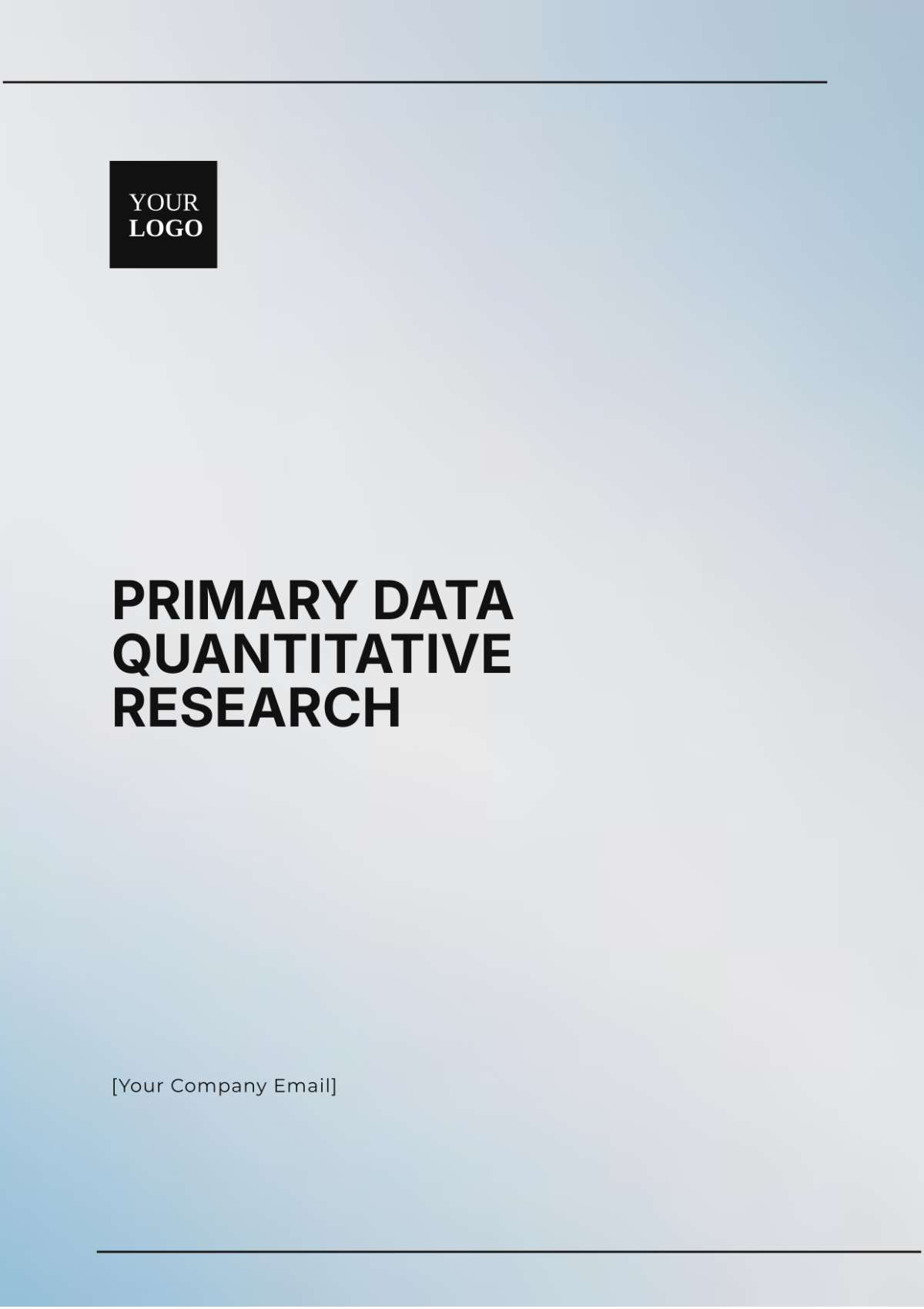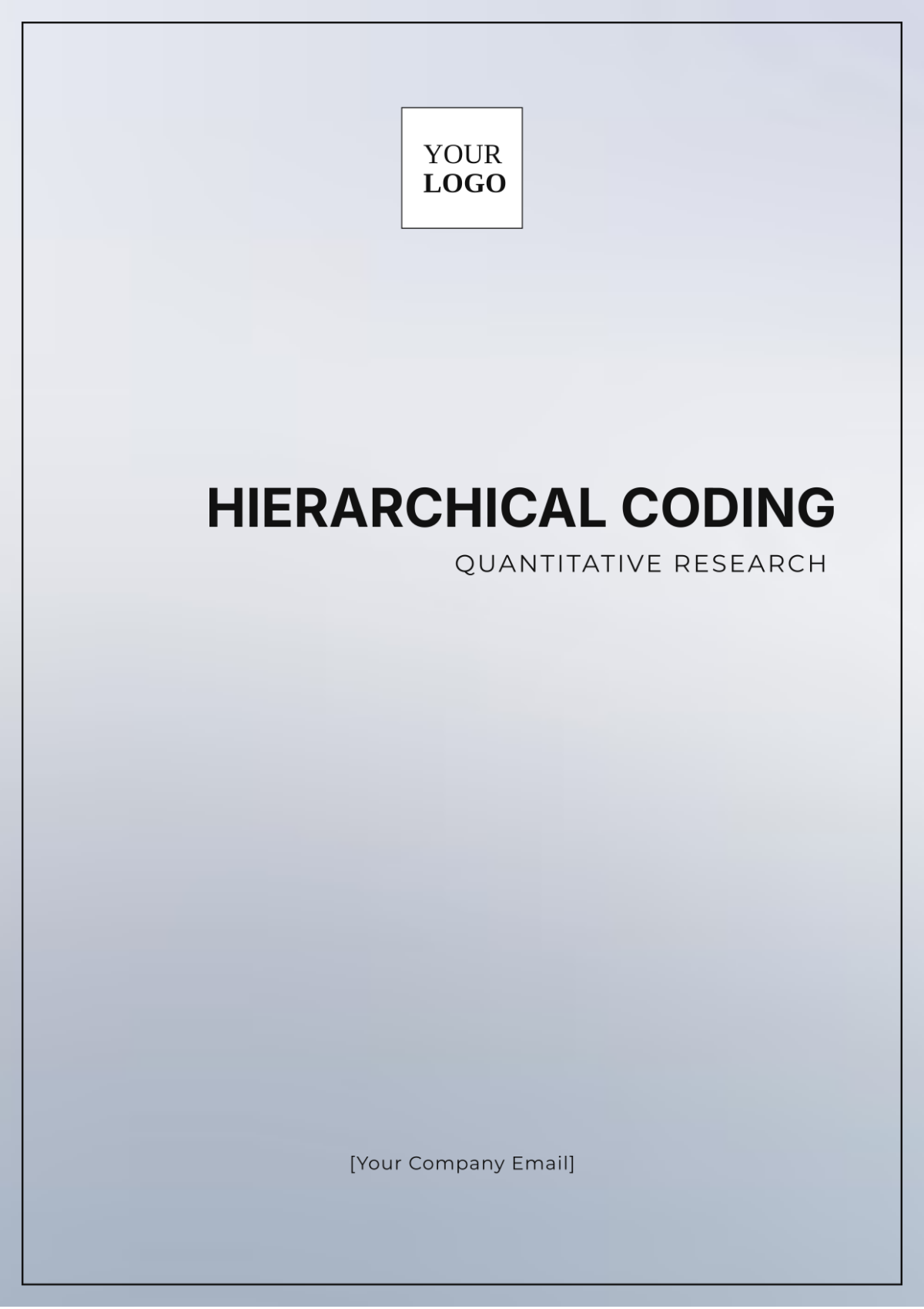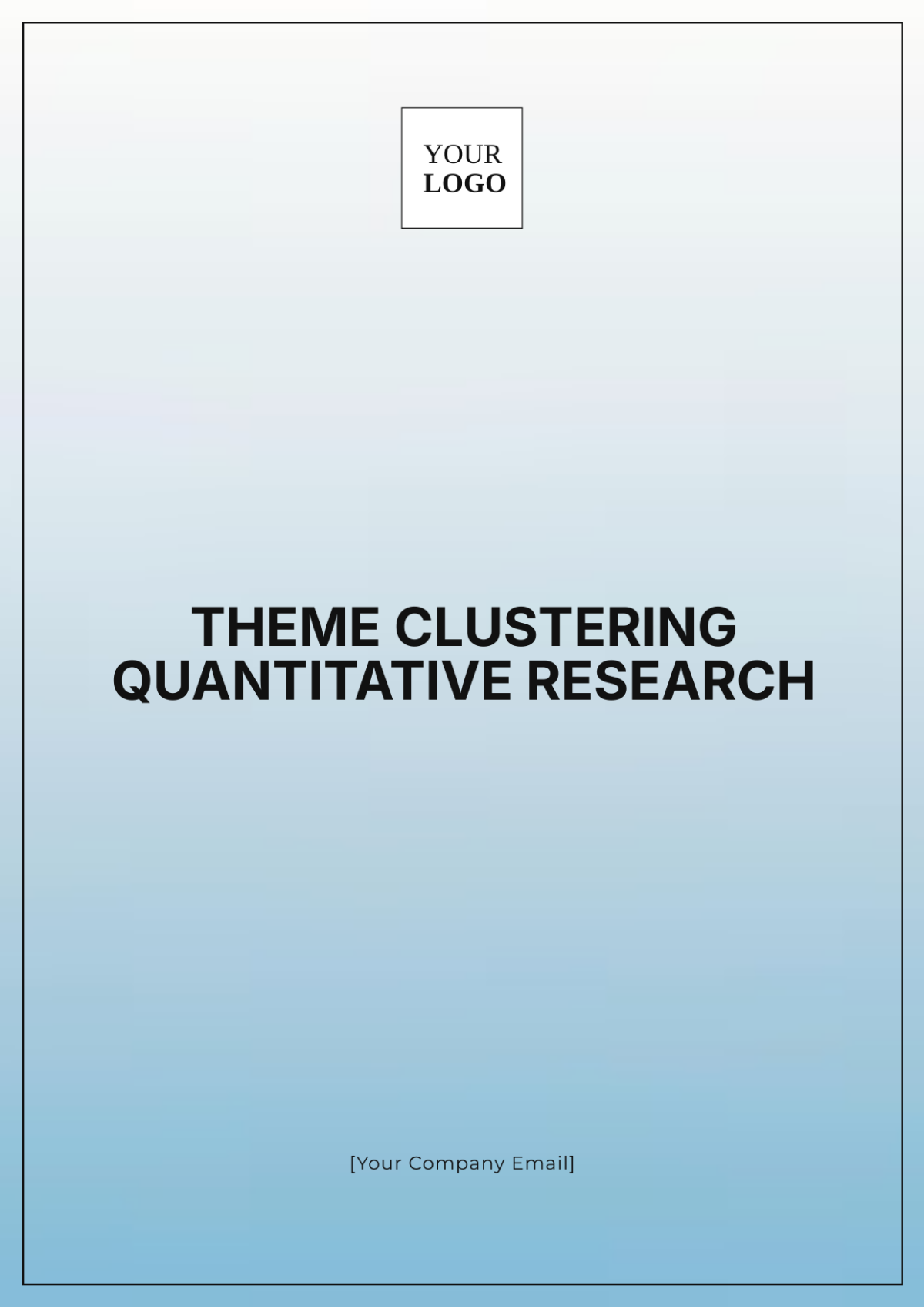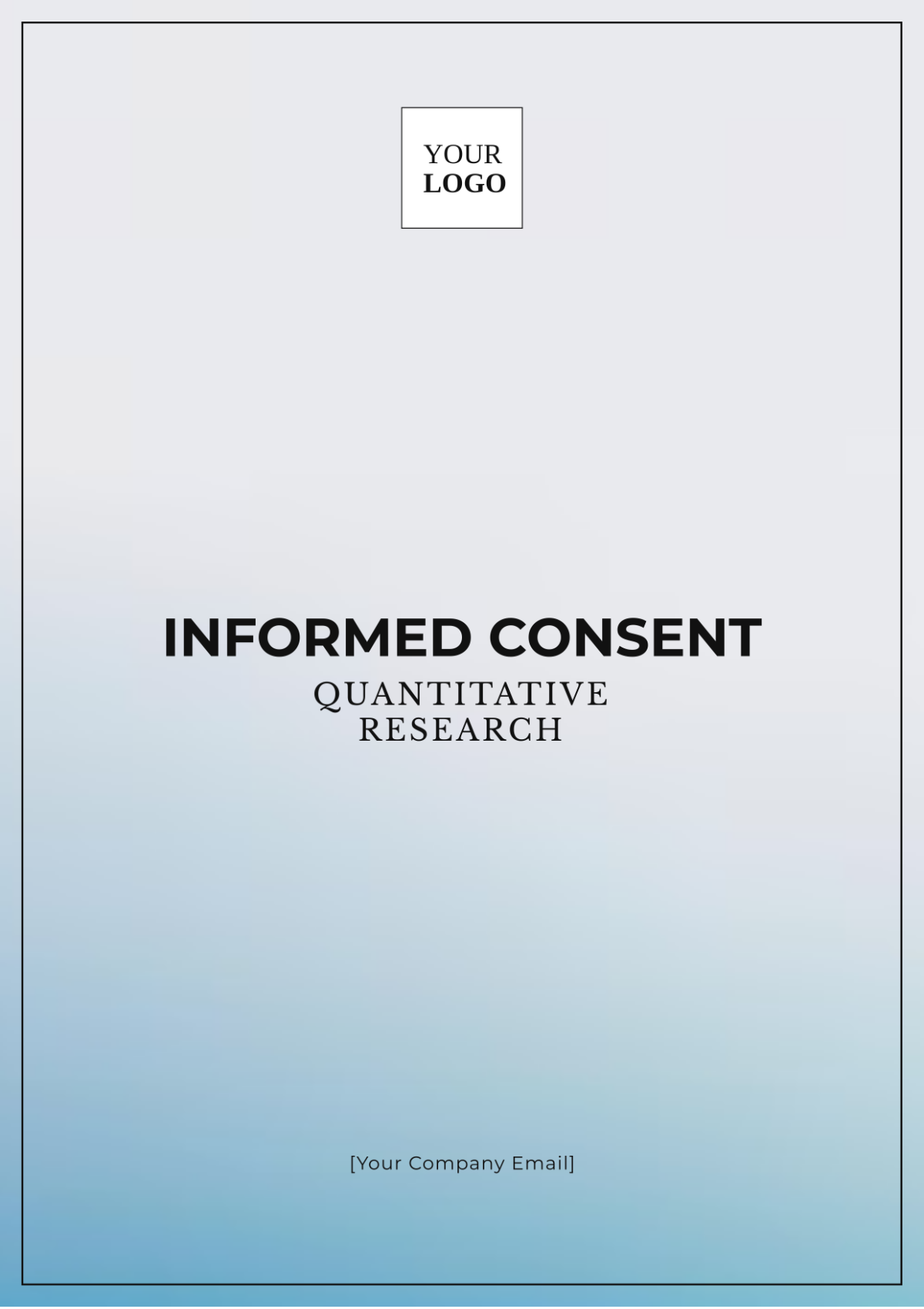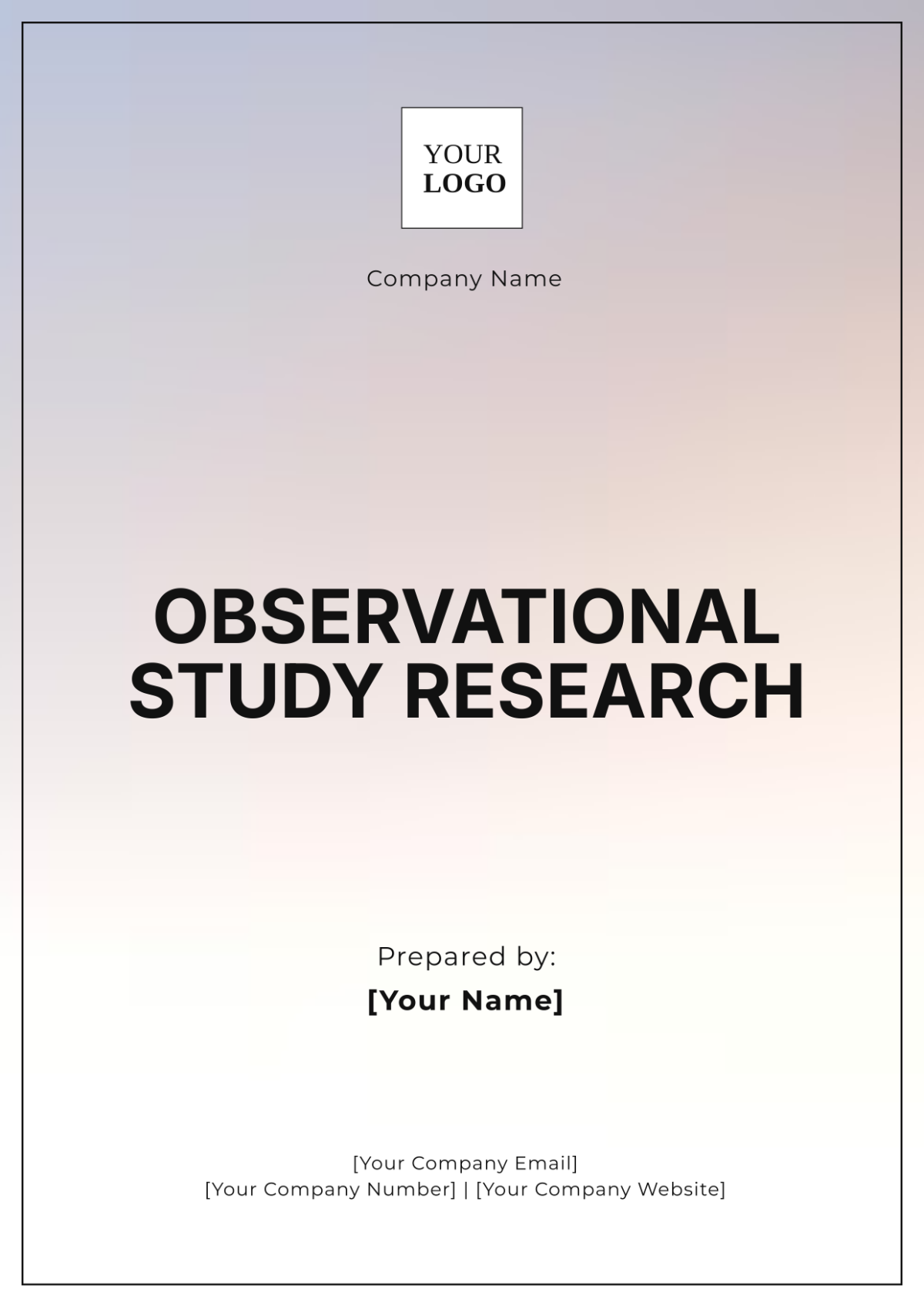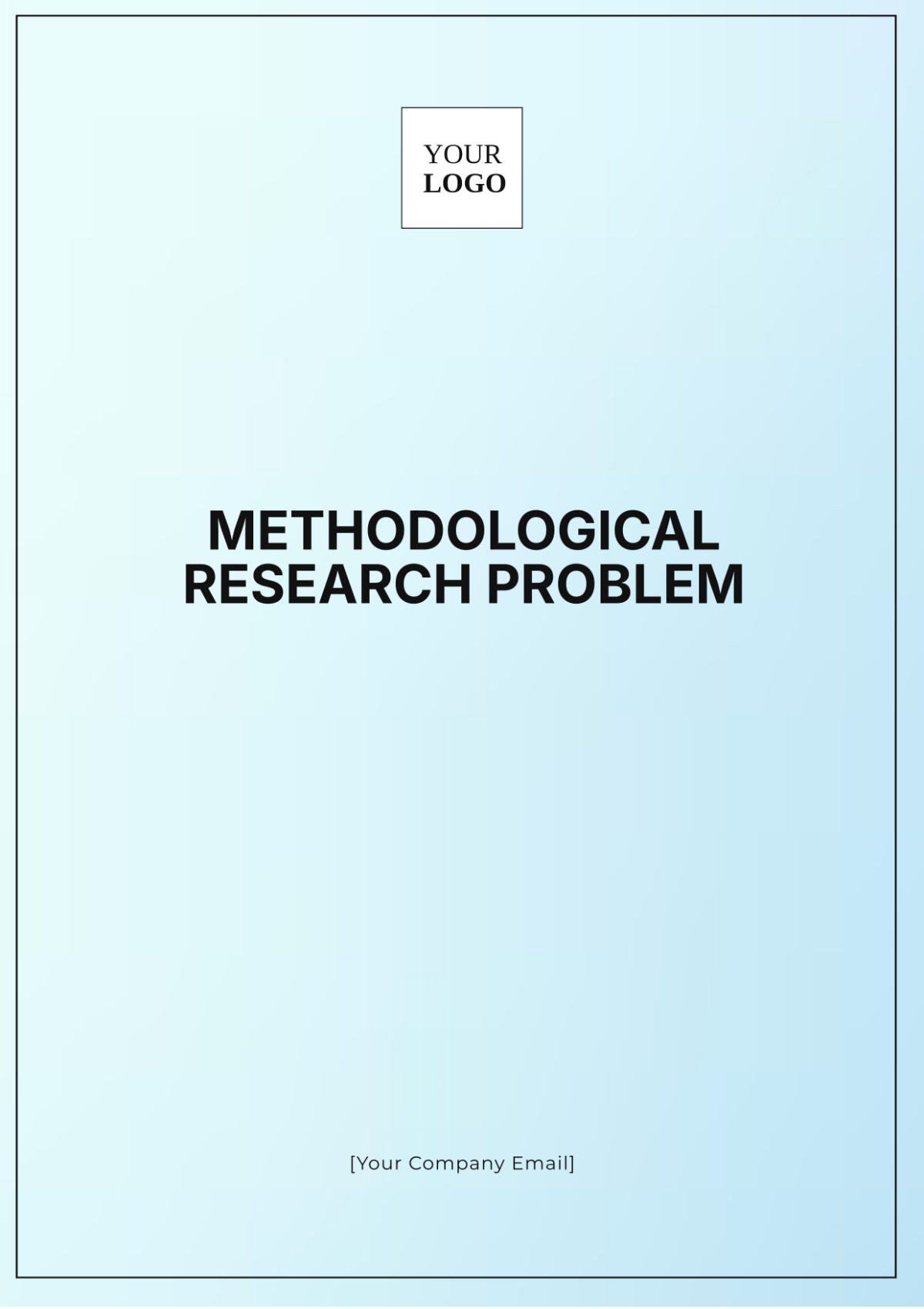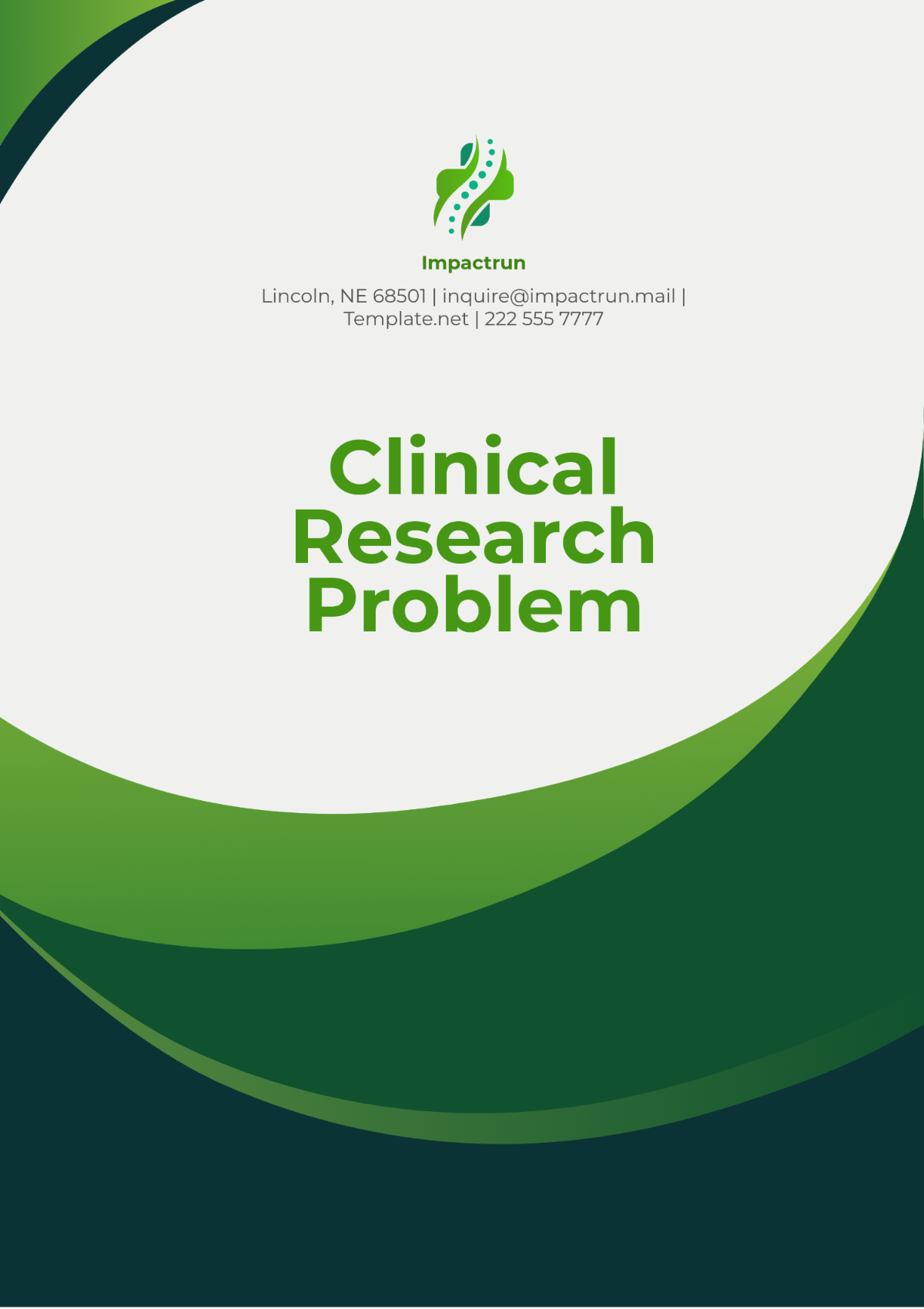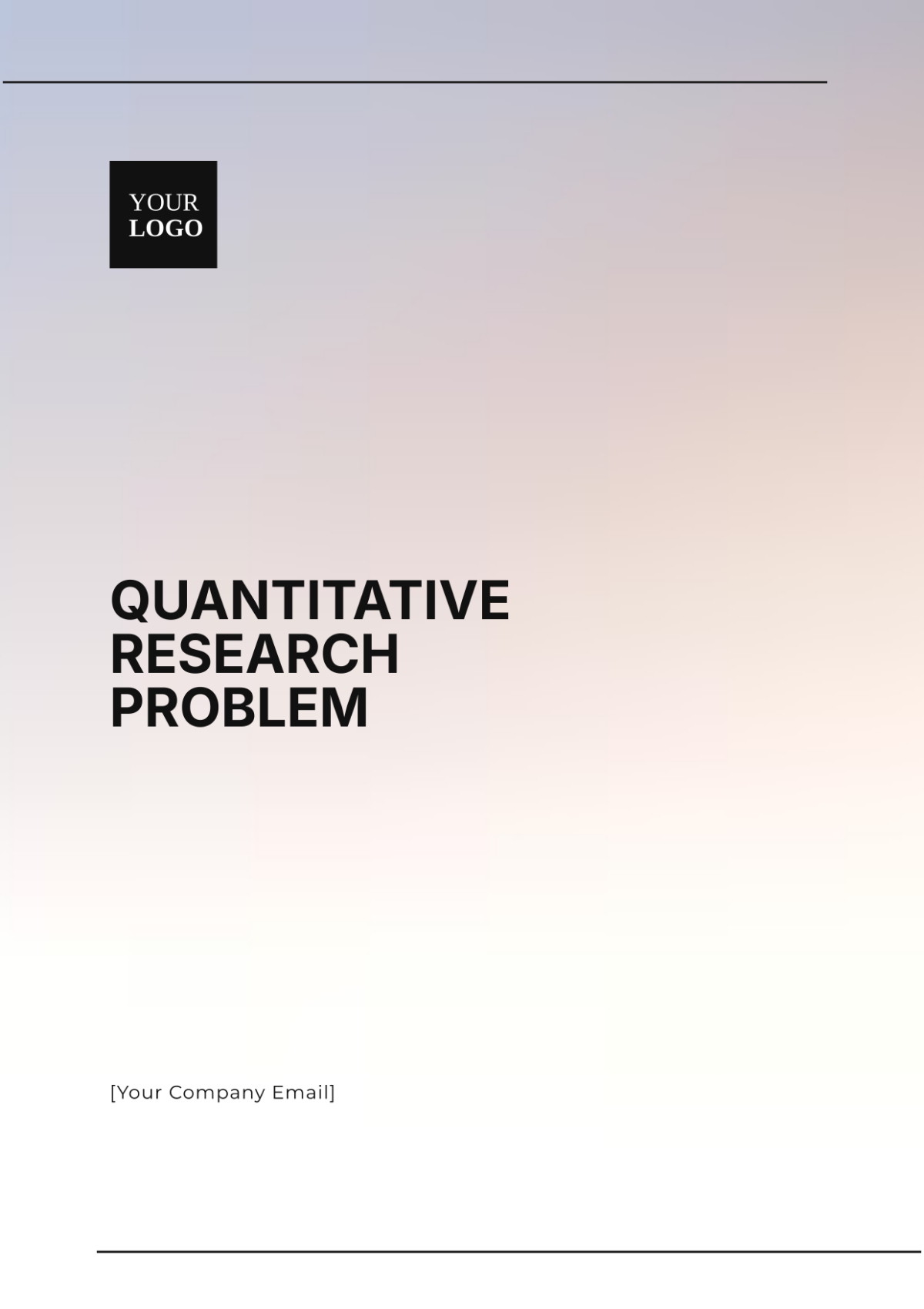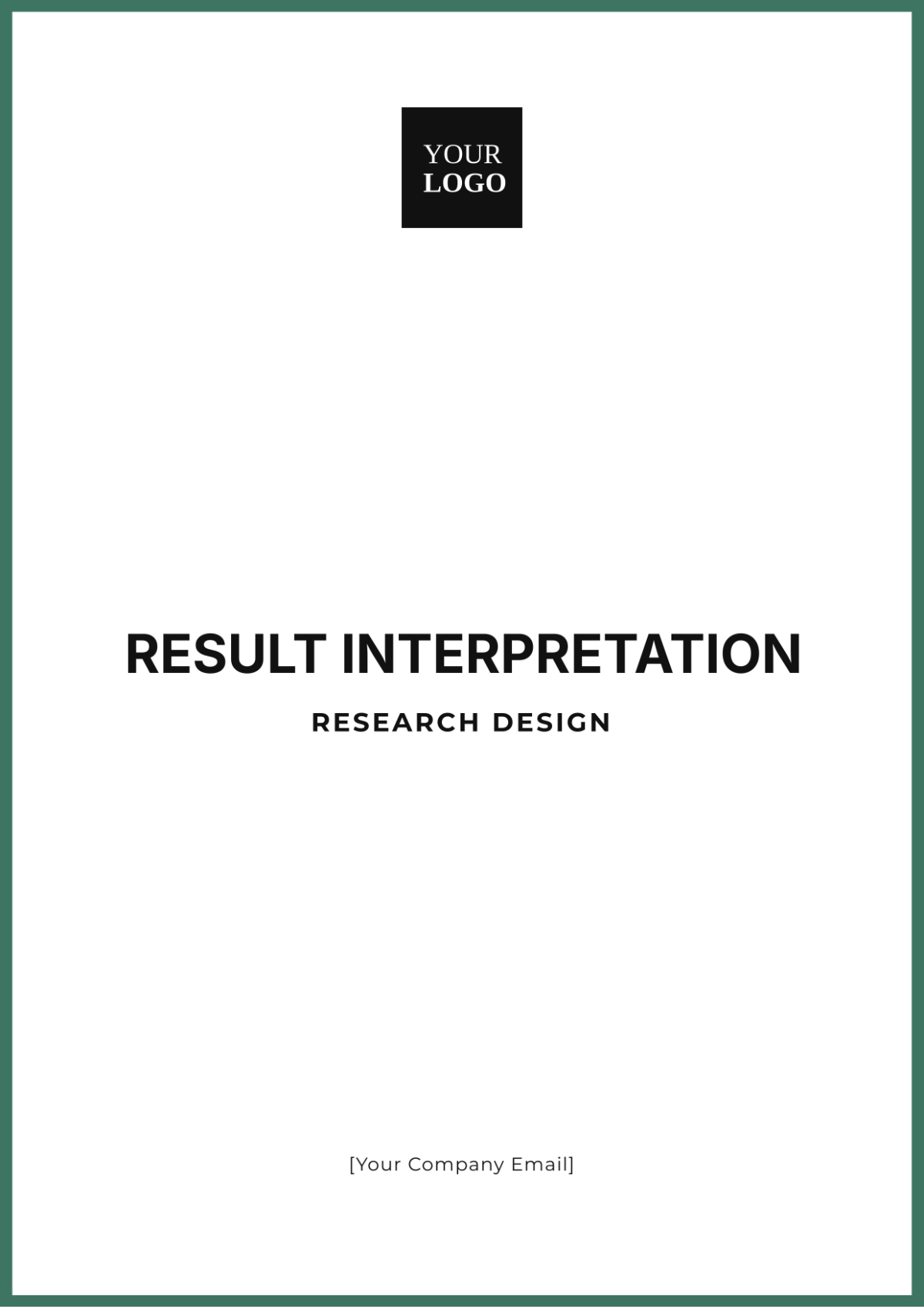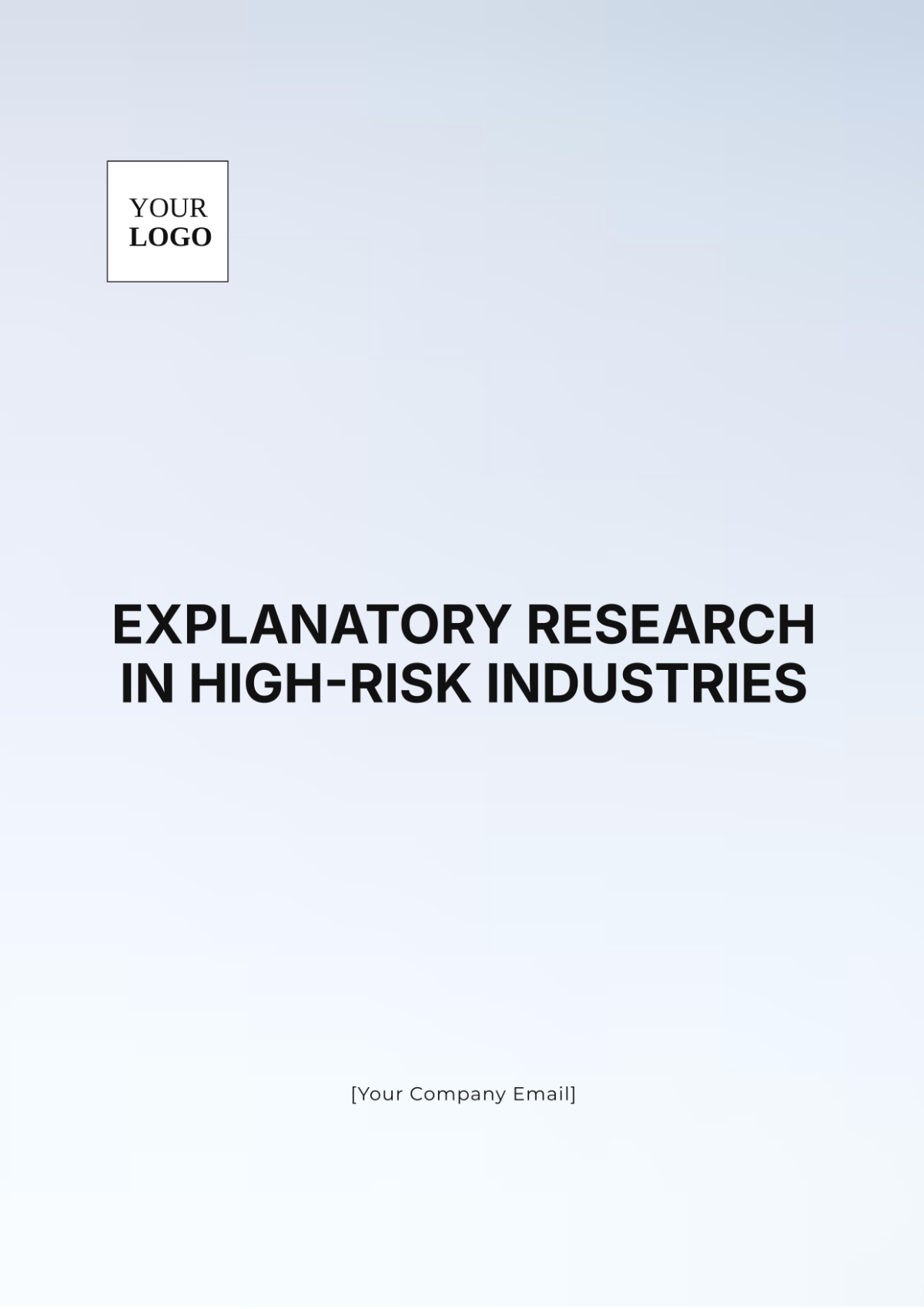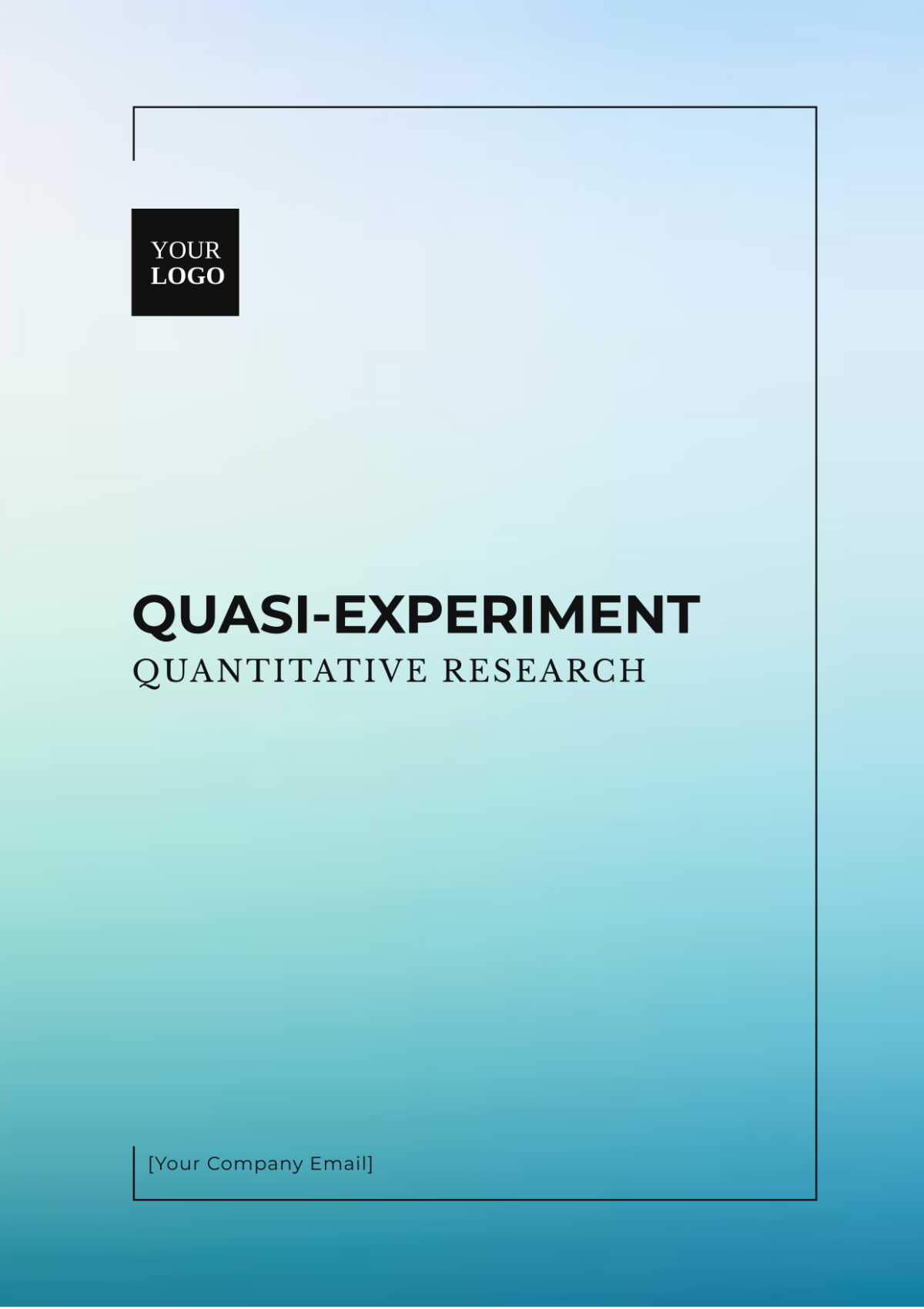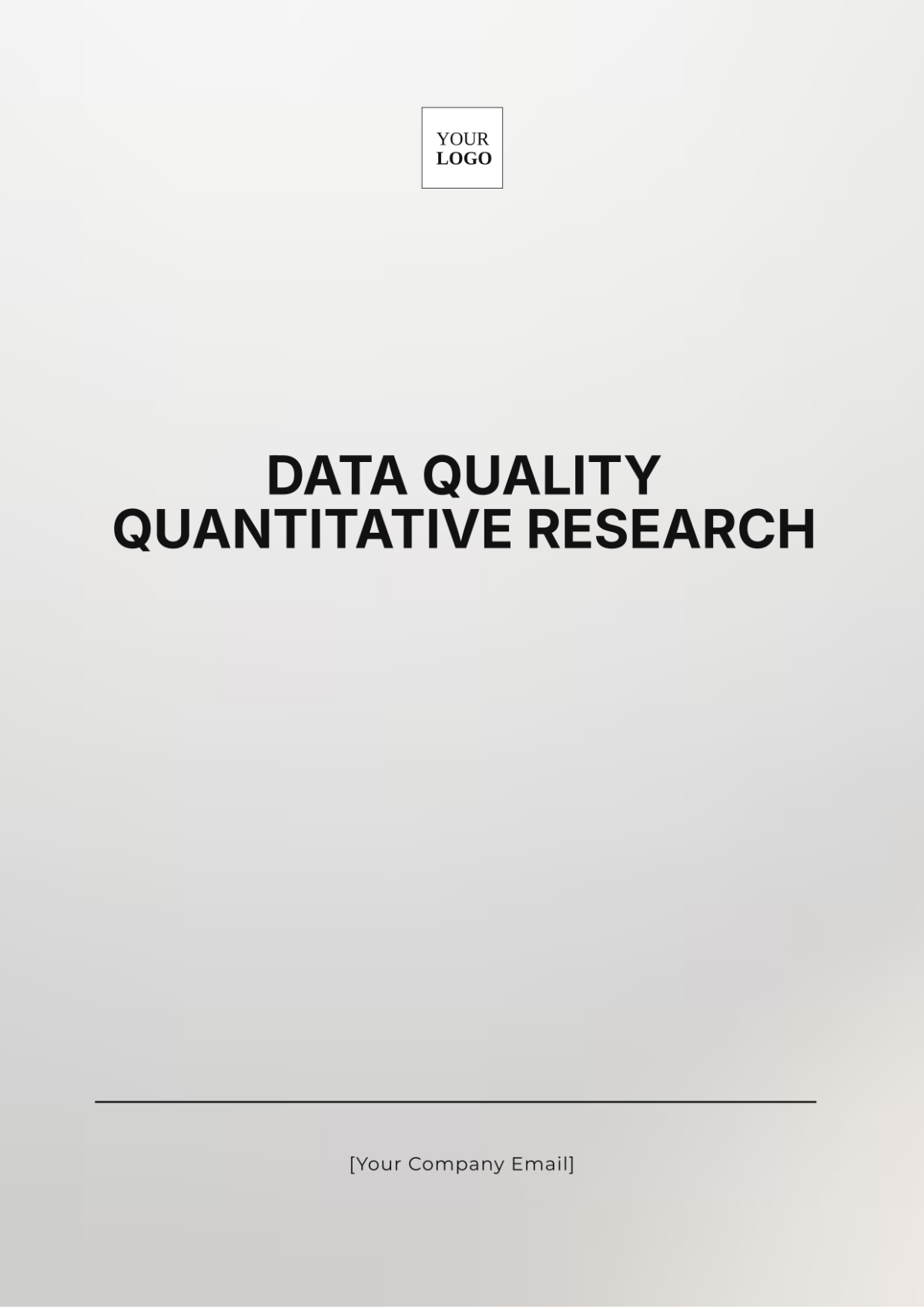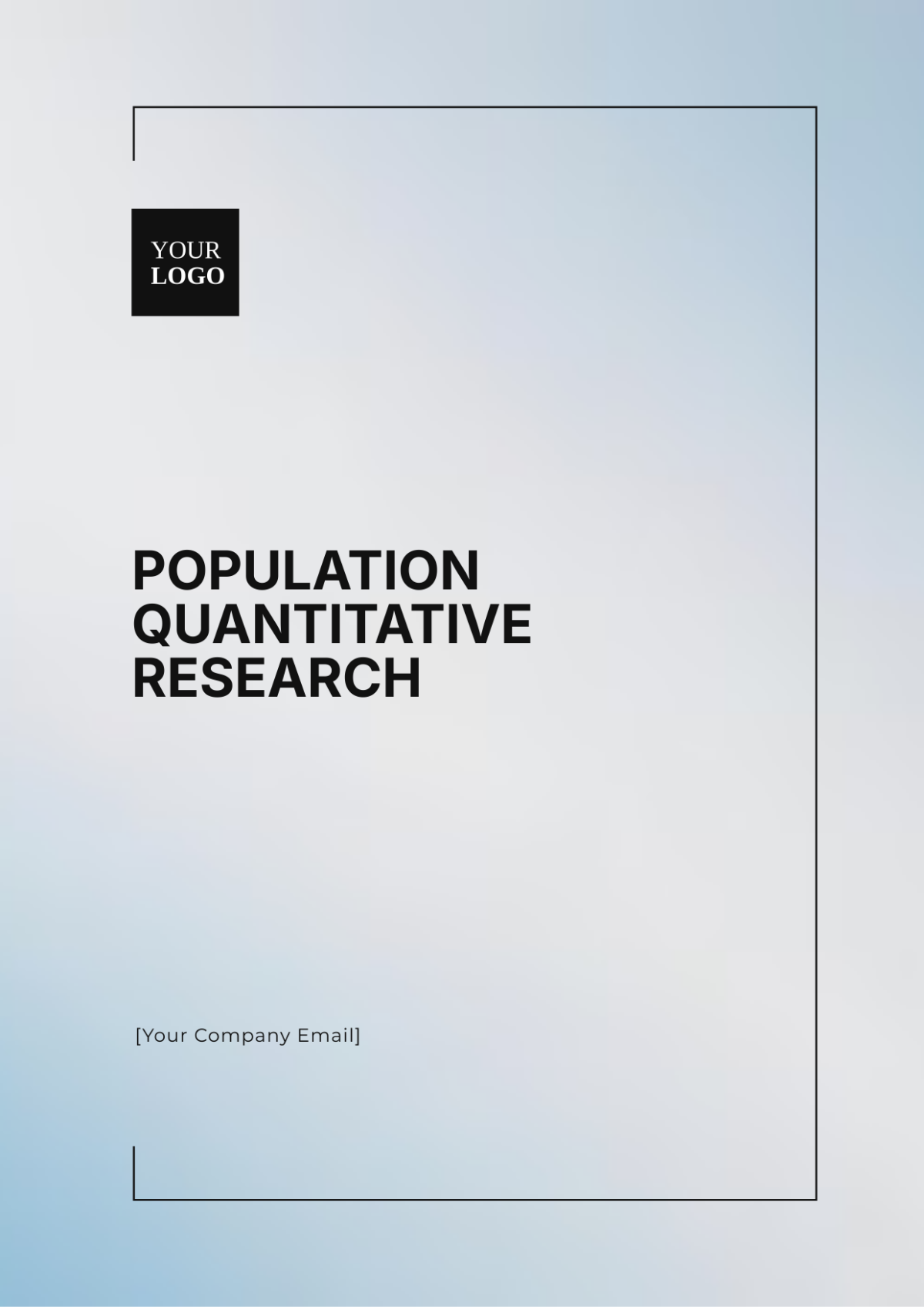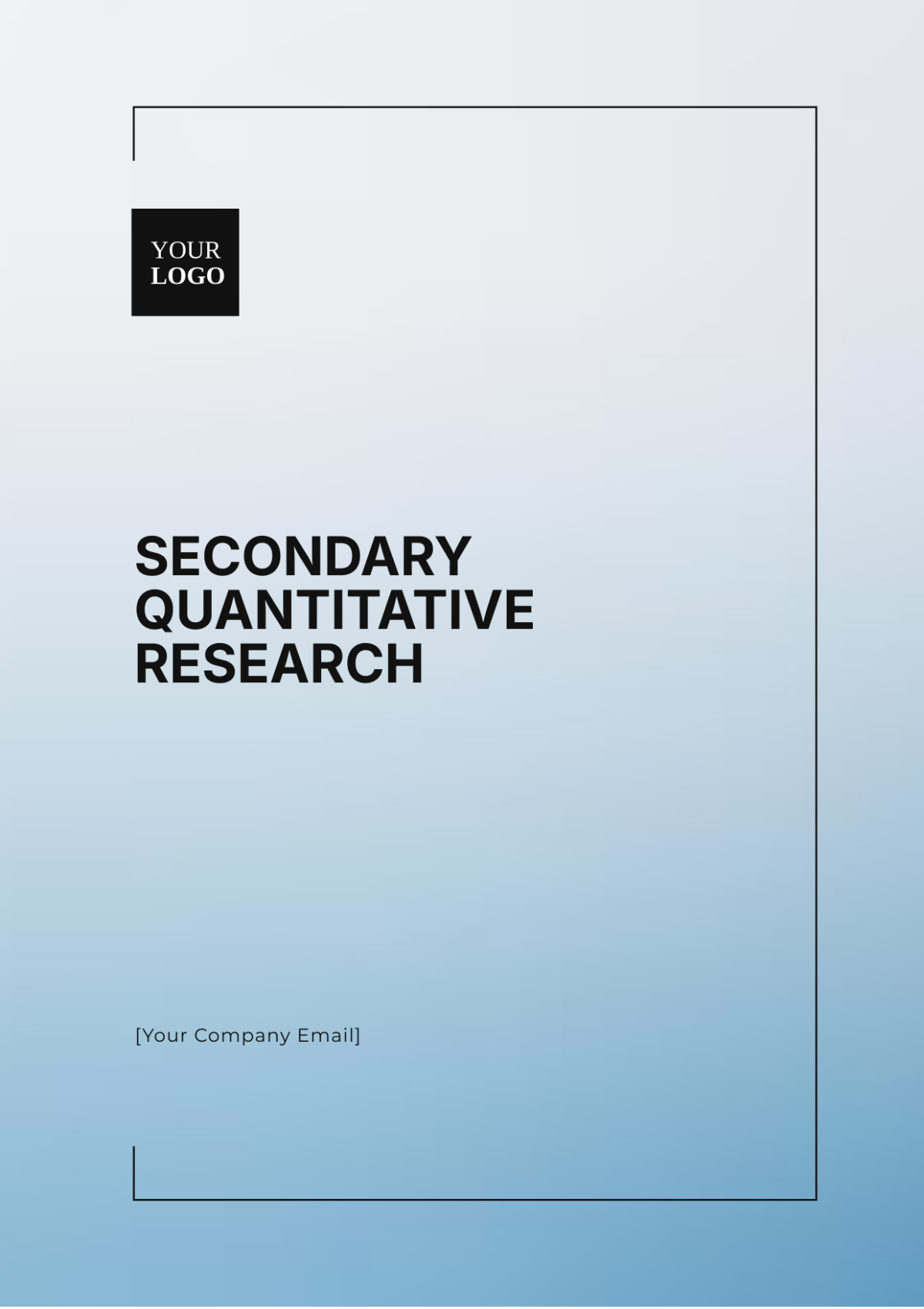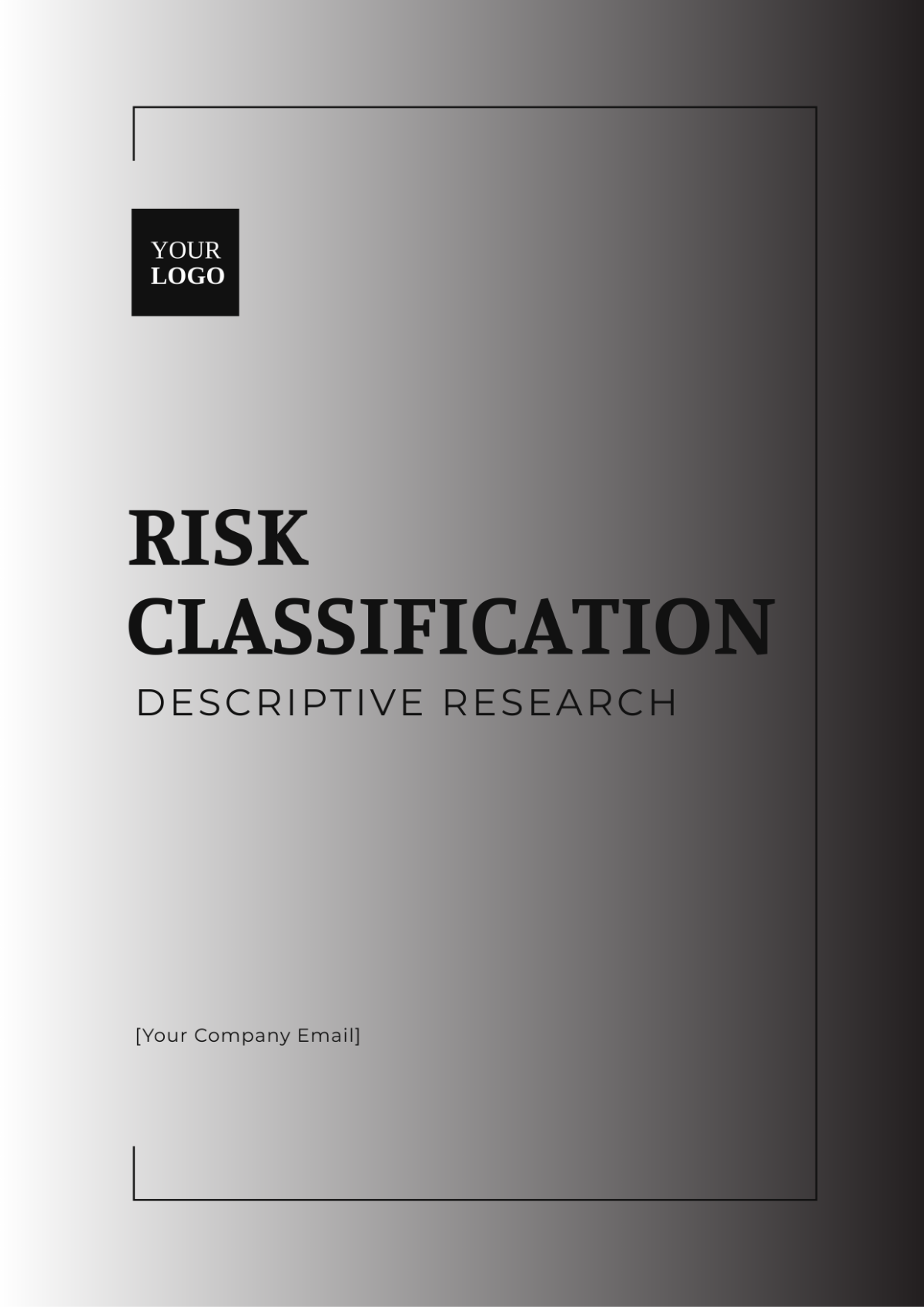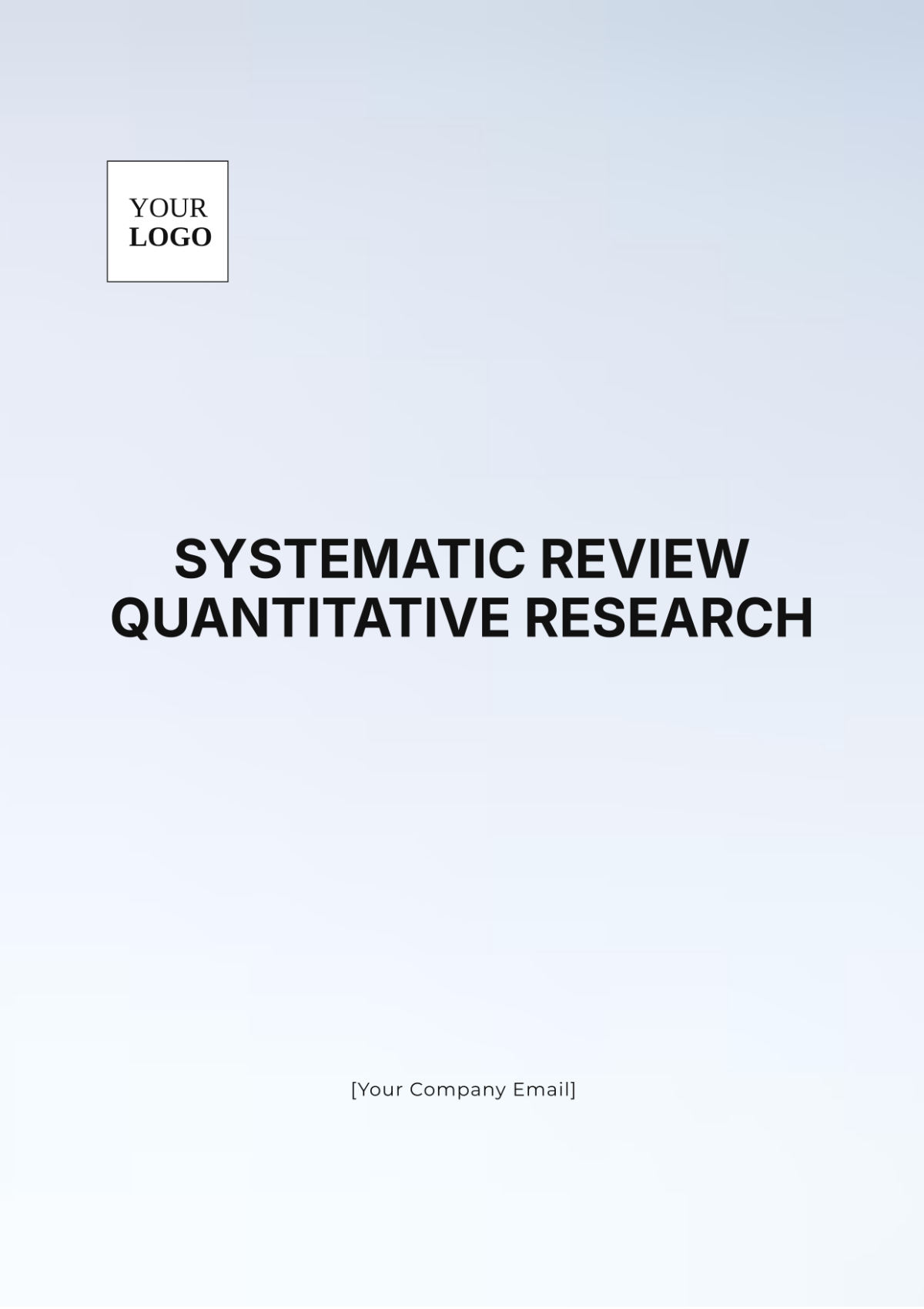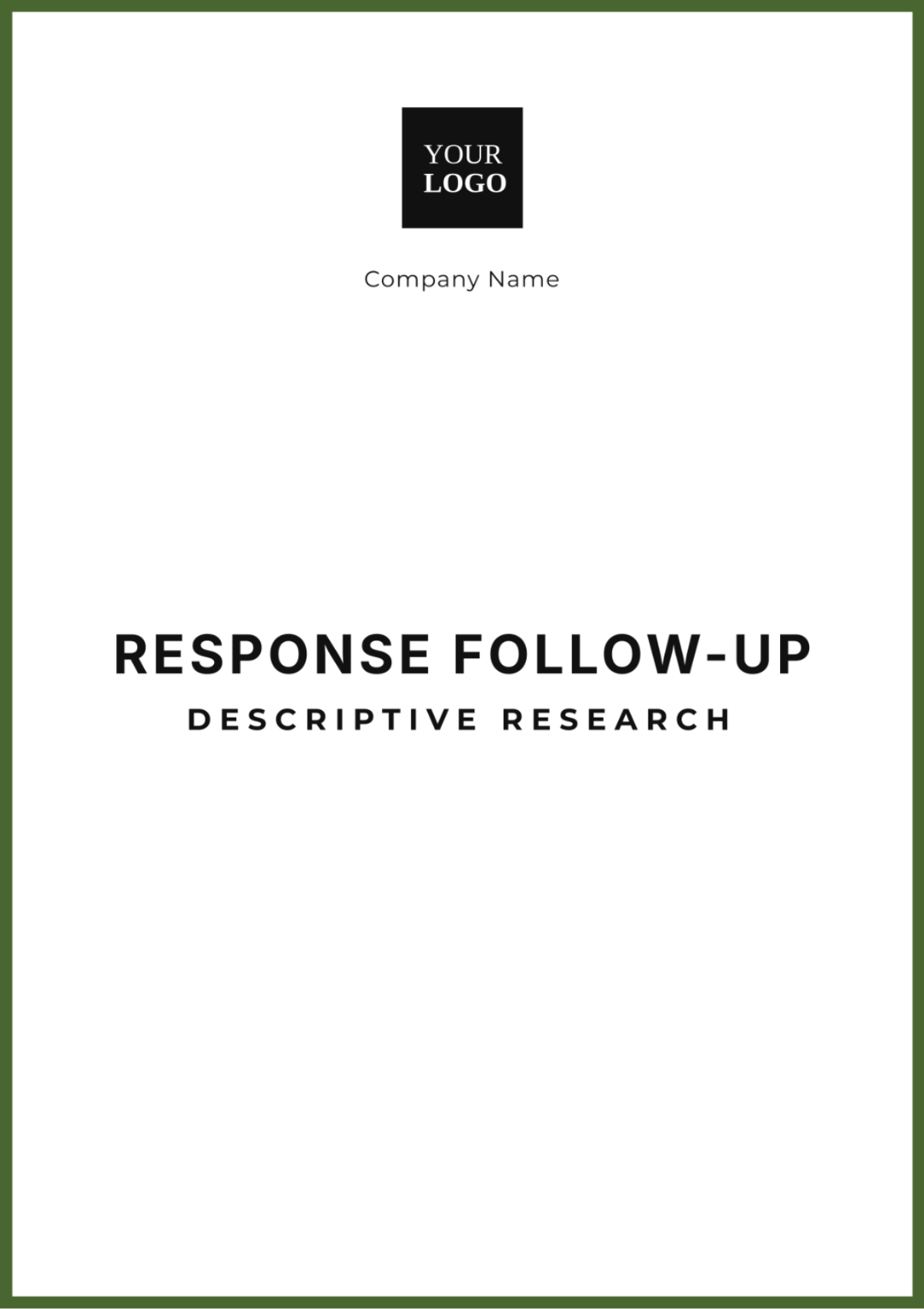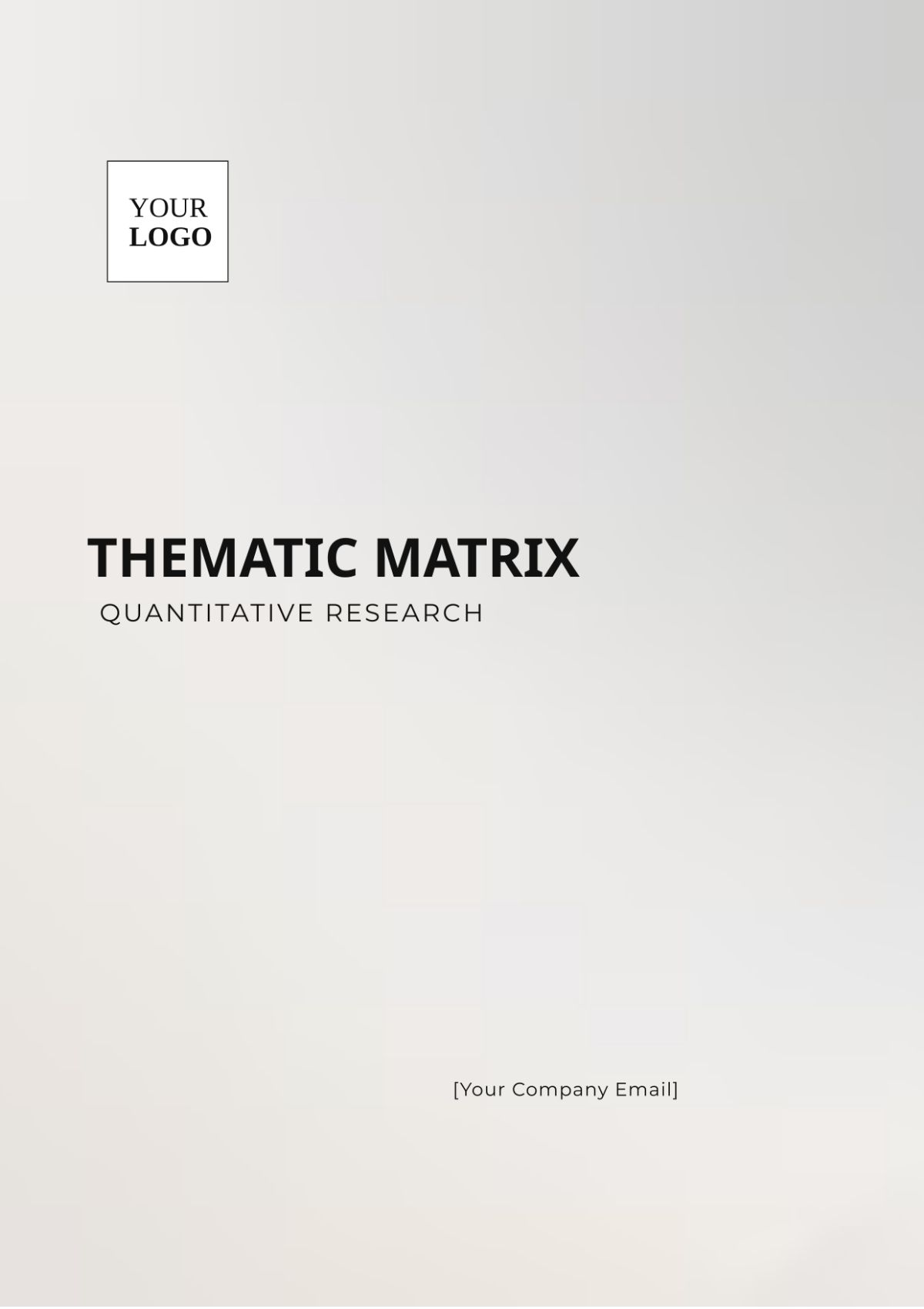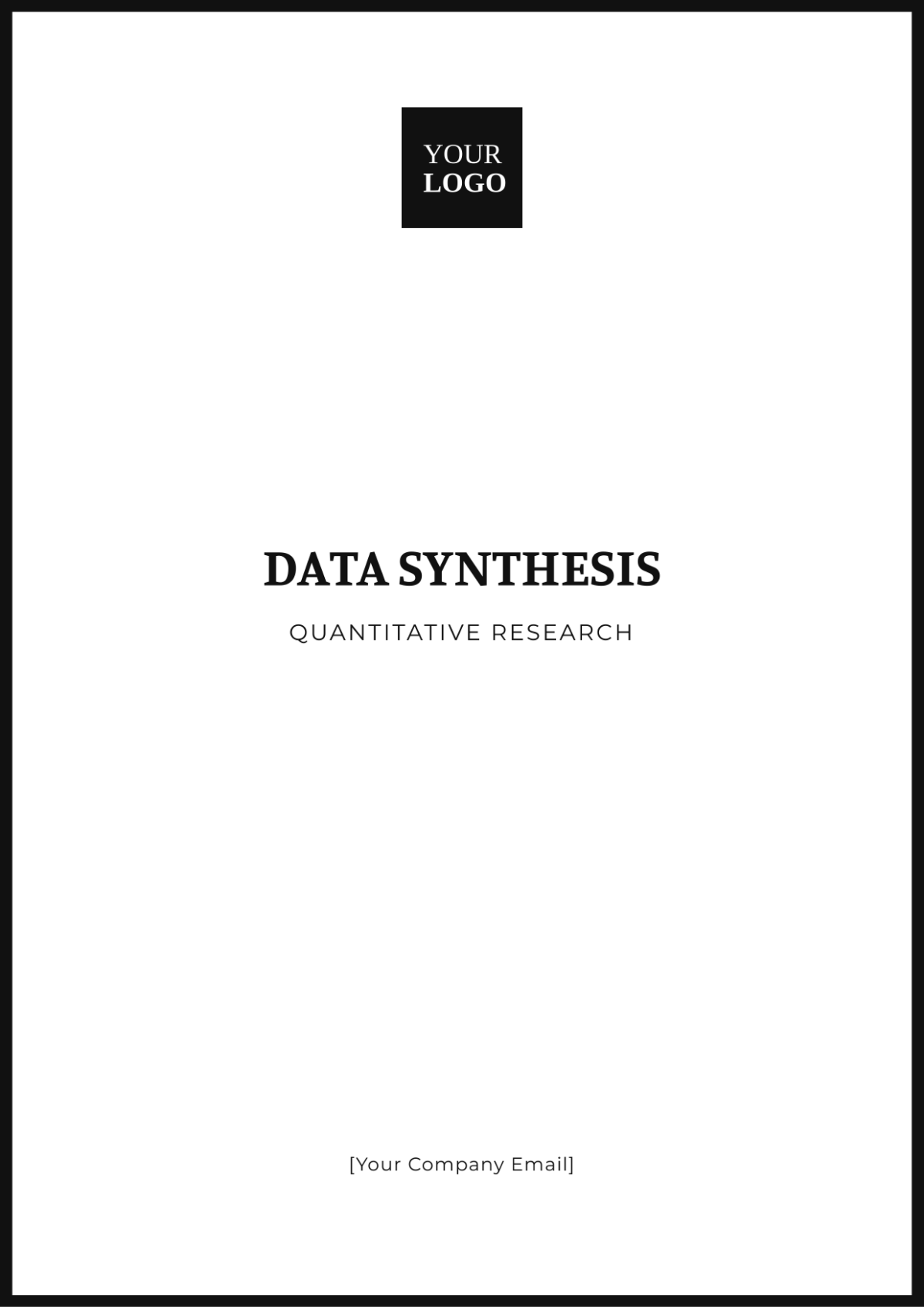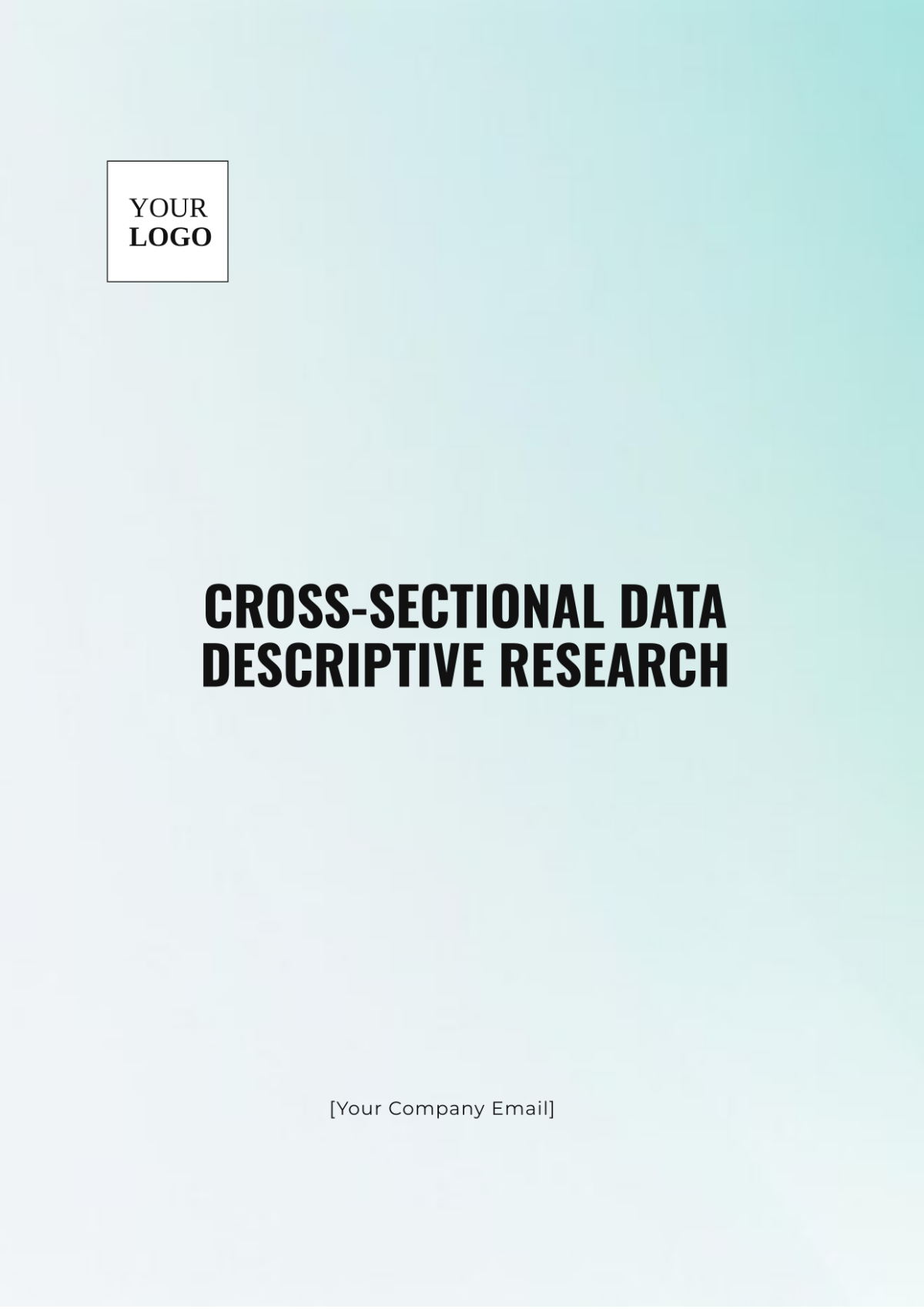Finance Audit Research
The primary objective of conducting this research is to ascertain and confirm the precision and correctness of various financial records and statements. The process involves auditors who carry out a thorough examination of transactions, balances, as well as financial data to identify any potential errors or discrepancies. The possibility of discrepancies and errors in the financial statements and records necessitates this auditing process. Not only does this task demand the conduct of rigorous analysis by the auditors, but it also requires meticulous attention to detail to ensure complete accuracy in these monetary documents.
I. Methodology
The research will be conducted by making use of several different resources. Primary sources will play a significant role in this study, these will mainly include company records, documents related to finance and accounting, as well as interviews with employees who have relevant roles and responsibilities within the organization. These sources are chosen because they provide firsthand information about the topic under examination. In addition to these primary resources, secondary sources will also be utilized in the research. The secondary sources that will be utilized primarily include scholarly articles that have been peer-reviewed. These articles are centered around the topics of auditing and financial analysis. They will be crucial in giving insight into the present tendencies and practices within the industry that are under examination. These sources offer credible and verified information and allow for a broader understanding of the topic. By combining both primary and secondary sources, the research aims to form a comprehensive overview of the subject in question.
II. Requirements for Reliable Financial Records
There is a crucial need for financial records and statements that are reliable and credible to ensure they are free of material misstatements, fraudulent activities, or any form of error that could invalidate their authenticity. Alongside this, these statements should always align with the specific financial reporting framework that is not only considered most appropriate but is also backed by the necessary concrete evidence to support its validity. Additionally, these financial records and statements should also adhere strictly to the necessary legal mandates and regulatory requirements that are relevant to their domain of operation, as compliance with these is vital to ensure the smooth and lawful functioning of the financial processes.
Table 1: Criteria for Reliable Financial Records
Criteria | Description |
|---|---|
Accuracy | No errors or discrepancies are present. |
Legality | Compliance with relevant laws and regulations. |
Auditability | Clear and organized, allowing a thorough audit. |
III. The Audit Process
The audit process is an intricate procedure that typically includes several key stages, namely the initial planning stage, the execution of the audit plans, the formal reporting of the audit results, and the communication of the findings to the relevant parties. As part of their responsibilities, the audit team carefully focuses on specific areas within the company that they are auditing. They pay close attention to the firm's internal control systems to ensure that they are working effectively and efficiently. Furthermore, they carefully scrutinize the transaction cycles of the business to confirm their accuracy and transparency. Along with that, they also delve deep into the company's overall financial management practices to examine its financial health and competence. This thorough process allows them to get a comprehensive understanding of the company’s financial standing.
IV. Analysis of Findings
The process carried out by the auditor involves the gathering of all financial documents provided by the company. The auditor meticulously reviews the gathered financial documents, paying special attention to identifying any irregularities or mismatched figures, and thoroughly investigates any instances of unusual trends noted. Upon concluding the review and investigation process, the auditor finalizes a comprehensive report. This report offers an evaluation based on the reliability of the organization whose financial records have been audited. However, the report is not purely assessment-oriented; it additionally extends to providing any potential recommendations aimed at improving the organization's financial systems, assuming there are any areas in need of refinement or improvement perceived during the audit.
Conclusion
To draw closure to this discussion, it is important to underscore the immense importance of auditing. This process plays an indispensable role in ensuring that financial records are both accurate and transparent. The significance of auditing is not only circumscribed to the corporate entities managing these financial records, but it also massively extends to various involved stakeholders, investors, and regulatory authorities. It is through rigorous auditing that these factions can develop and establish trust in these financial documents. Therefore, for maintaining credibility and abiding by legal standards, this process of evaluation and verification proves to be an essential instrument.
References
The American Institute of CPAs. (2019). Auditing Standards Board (ASB). https://www.aicpa.org/research/standards/auditattest/asb.html
Beasley, M., & Carcello, J. (2019). Auditing cases: An interactive learning approach. Pearson.
Schroeder, R., Clark, M., & Cathey, J. (2019). Financial accounting theory and analysis: Text and cases. Wiley.







